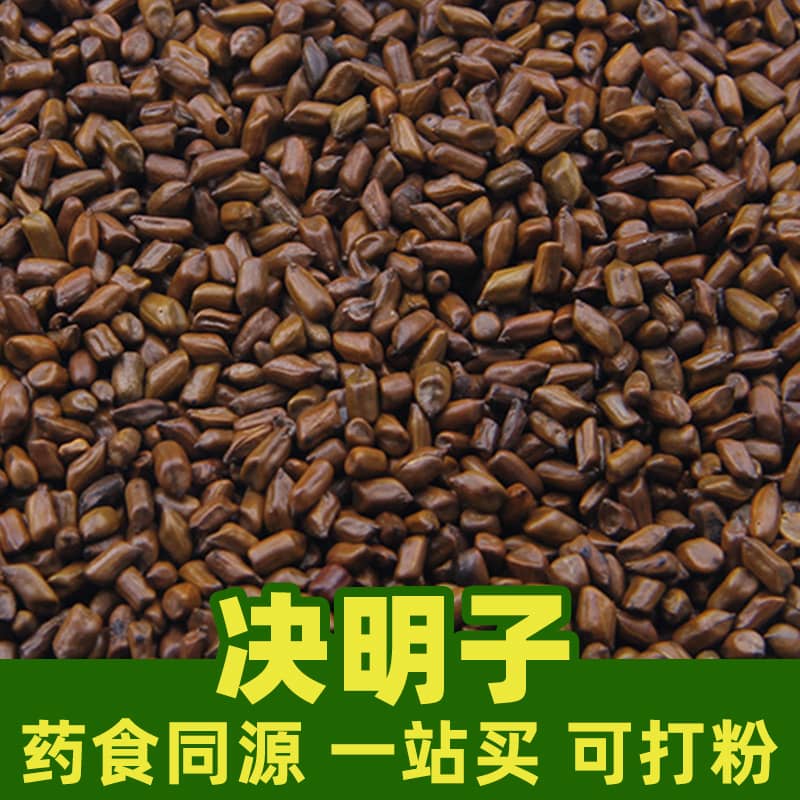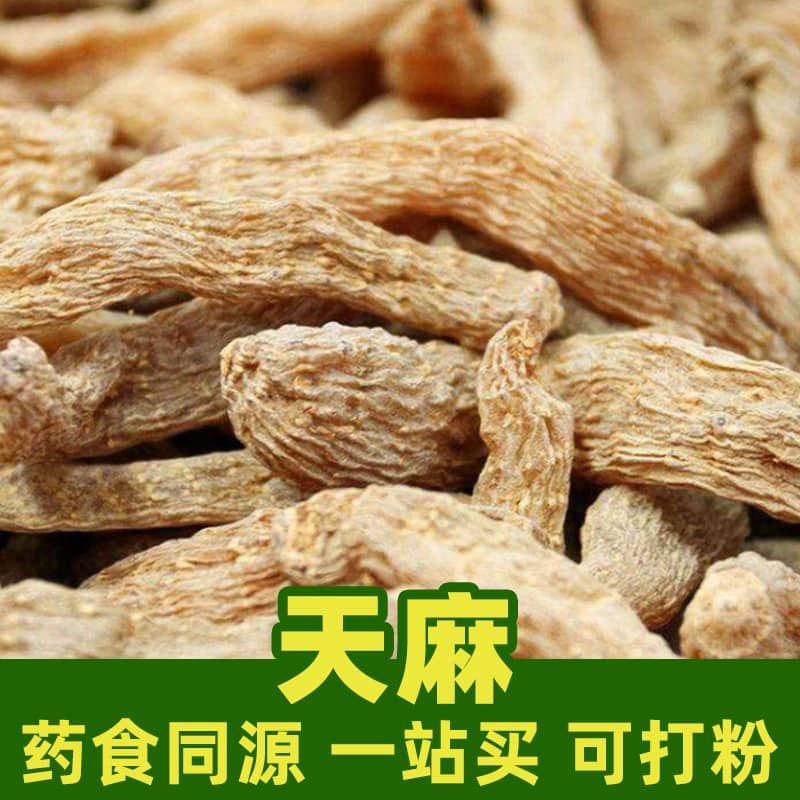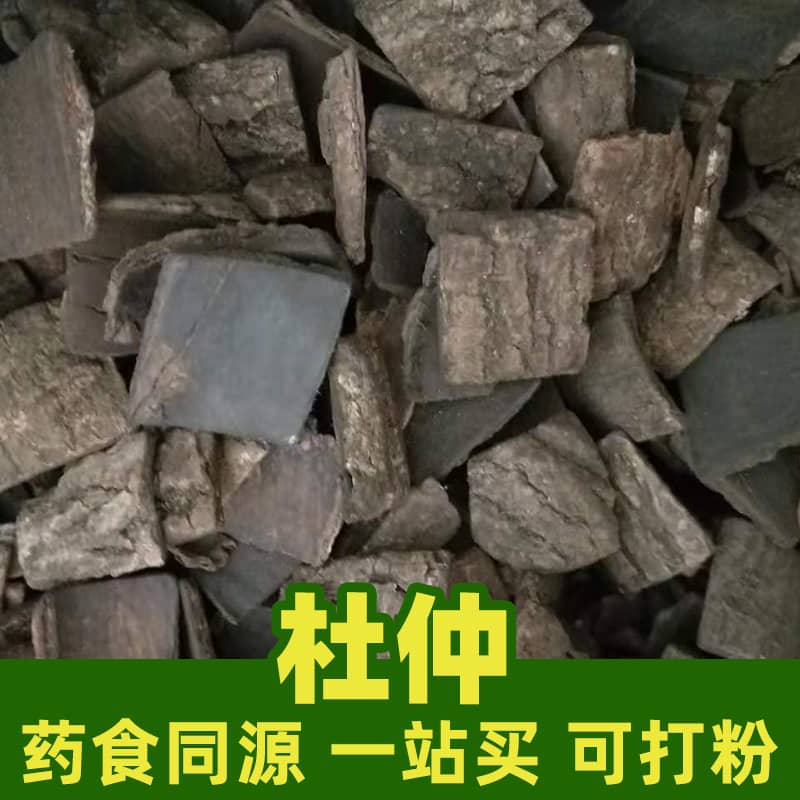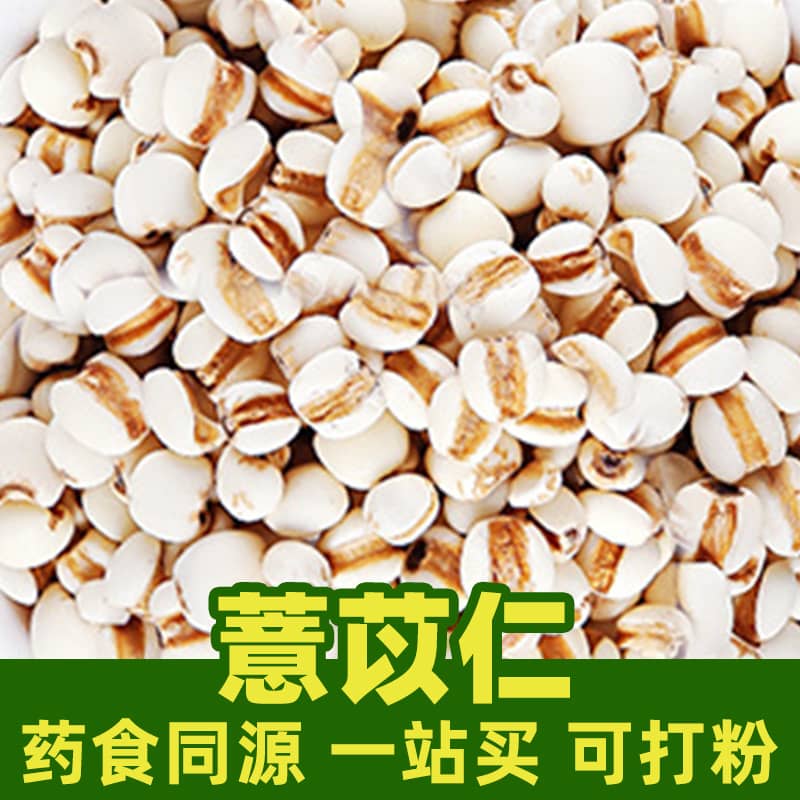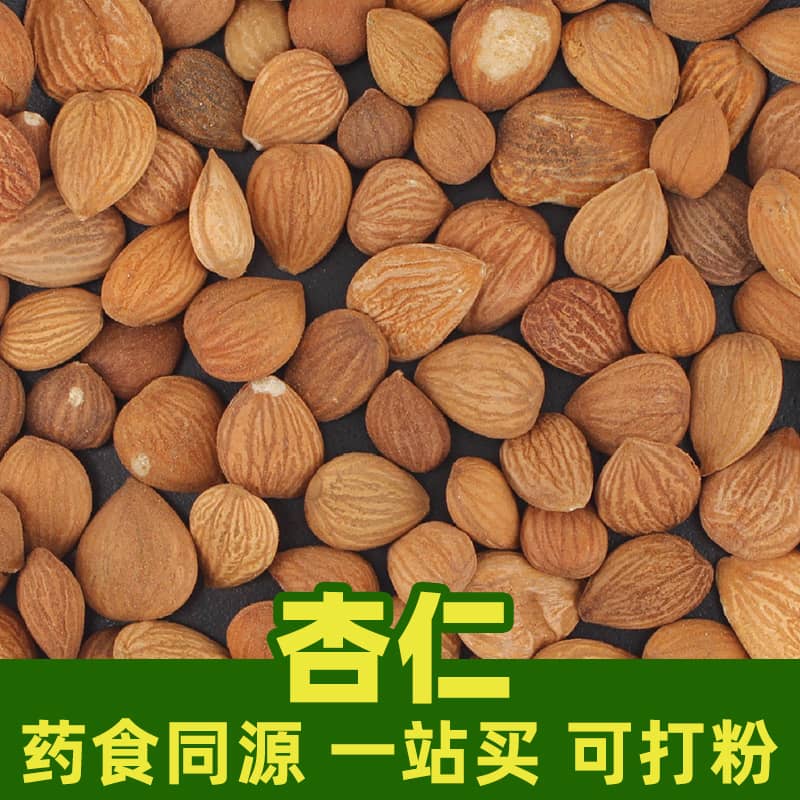Product Overview
Saffron is a precious spice and medicinal herb widely used in cooking, medicine, and skincare worldwide. Its unique aroma and vibrant color make it a popular seasoning for various dishes and desserts. Saffron also contains several medicinal compounds, offering antioxidant, anti-inflammatory, and calming effects, making it valuable in both medicine and skincare.
Main Active Ingredients
Saffron's active ingredients include crocin, anthocyanins, and essential oils. Crocin, an organic compound, has antioxidant and anti-inflammatory properties, offering potential benefits in reducing oxidative damage and inflammation. Anthocyanins, natural pigments with strong antioxidant effects, give saffron its vivid color. Essential oils provide saffron’s distinctive aroma and flavor.
Applications and Dosage
Saffron is widely used in cooking, medicine, and skincare. In cooking, saffron is often added to rice, pastries, desserts, and teas to impart a unique aroma and color. Medicinally, saffron is used in traditional formulas to regulate circulation, alleviate pain, and ease menstrual discomfort. In skincare, saffron is an ingredient in masks, bath products, and skincare items, valued for its moisturizing, brightening, and soothing properties.
The amount of saffron used depends on the application. For cooking, add saffron according to the recipe or personal preference. For medicinal and skincare purposes, follow the advice of a healthcare professional or product instructions.
Plant Source, Distribution, and Growing Conditions
Saffron comes from the saffron plant, a perennial herb primarily cultivated in the Mediterranean region and Southwest Asia, with some cultivation in China. The saffron plant thrives in warm climates with plenty of sunlight, preferring loose, organic-rich soil. It requires adequate water and moderate fertilization during its growth and typically blooms in autumn.
Harvesting, Processing, and Storage
Saffron is harvested when the flowers bloom, with the stigmas and stamens carefully hand-picked. After harvesting, saffron is dried to form the hard, red filaments.
For storage, saffron should be kept in a dry, cool, dark place to avoid direct sunlight and humidity. Proper storage preserves saffron’s aroma and quality, extending its shelf life.
In summary, saffron is a valuable spice and medicinal herb with a unique aroma and vivid color. Rich in beneficial compounds, it is widely used in cooking, medicine, and skincare. Choosing high-quality saffron enhances flavor in food and offers medicinal and cosmetic benefits.
Monica Sun is a seasoned expert in the natural raw materials industry, with over a decade of experience specializing in traditional Chinese medicinal herbs, spices, and fungi. She is skilled in the sourcing, processing, and application of these materials, emphasizing sustainability and innovation. Monica Sun has contributed to the development of high-quality natural raw materials that serve as essential components in functional foods, pharmaceuticals, and cosmetics, delivering tailored solutions to meet diverse market needs.









